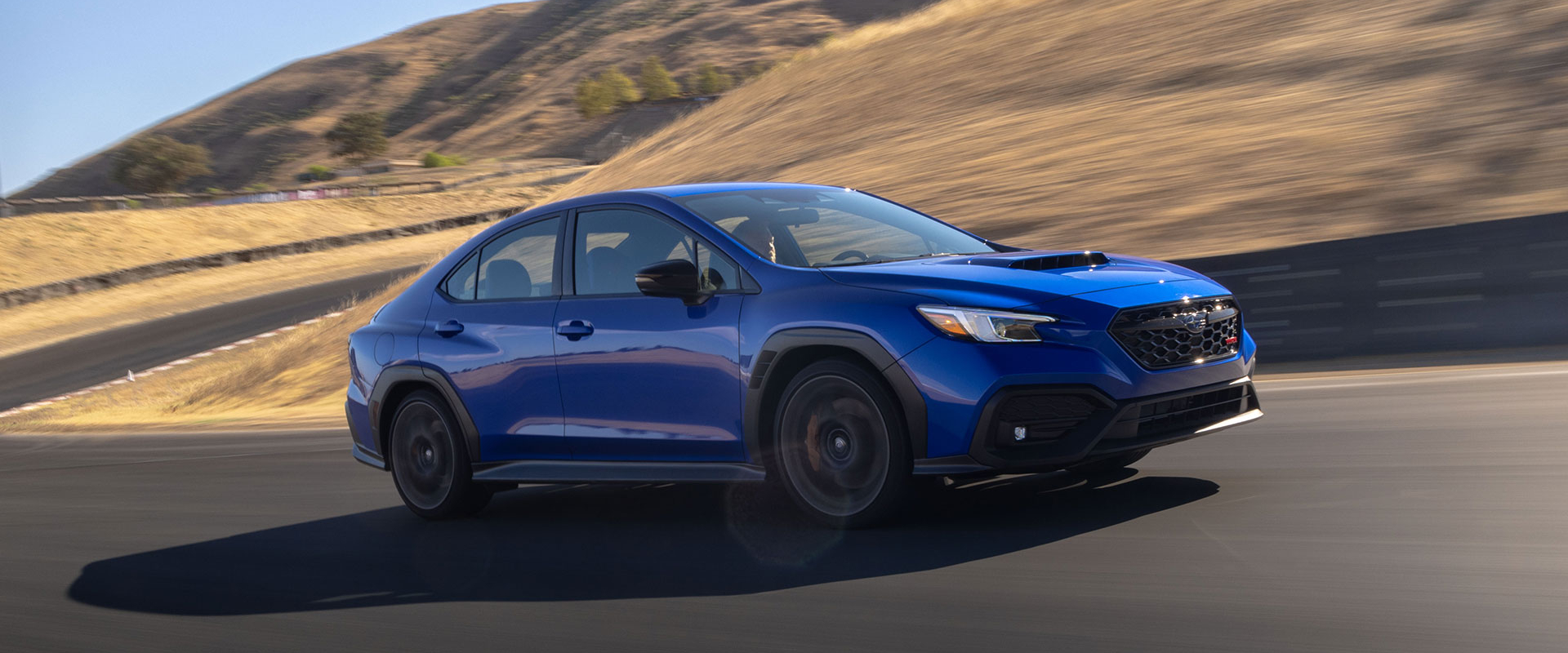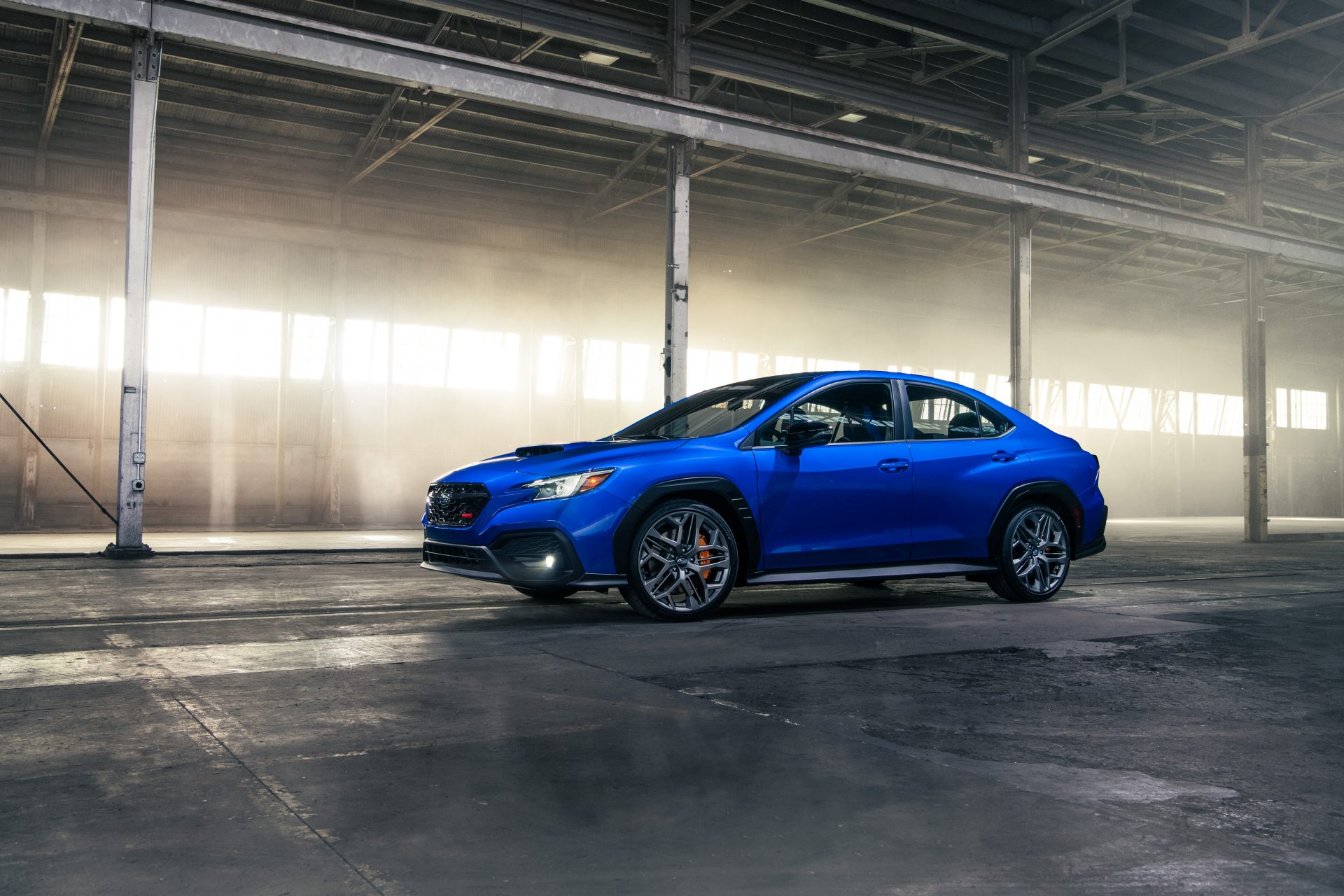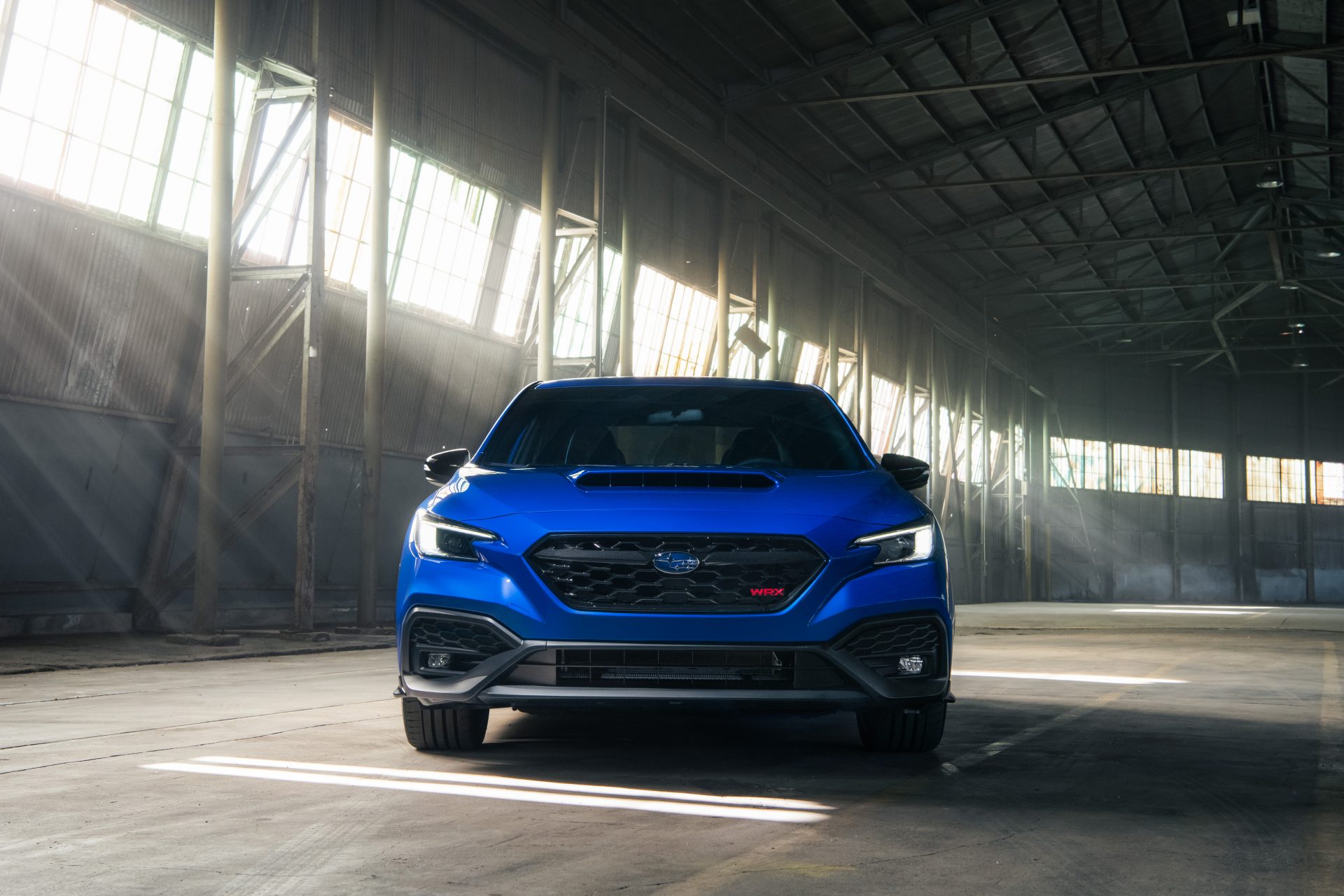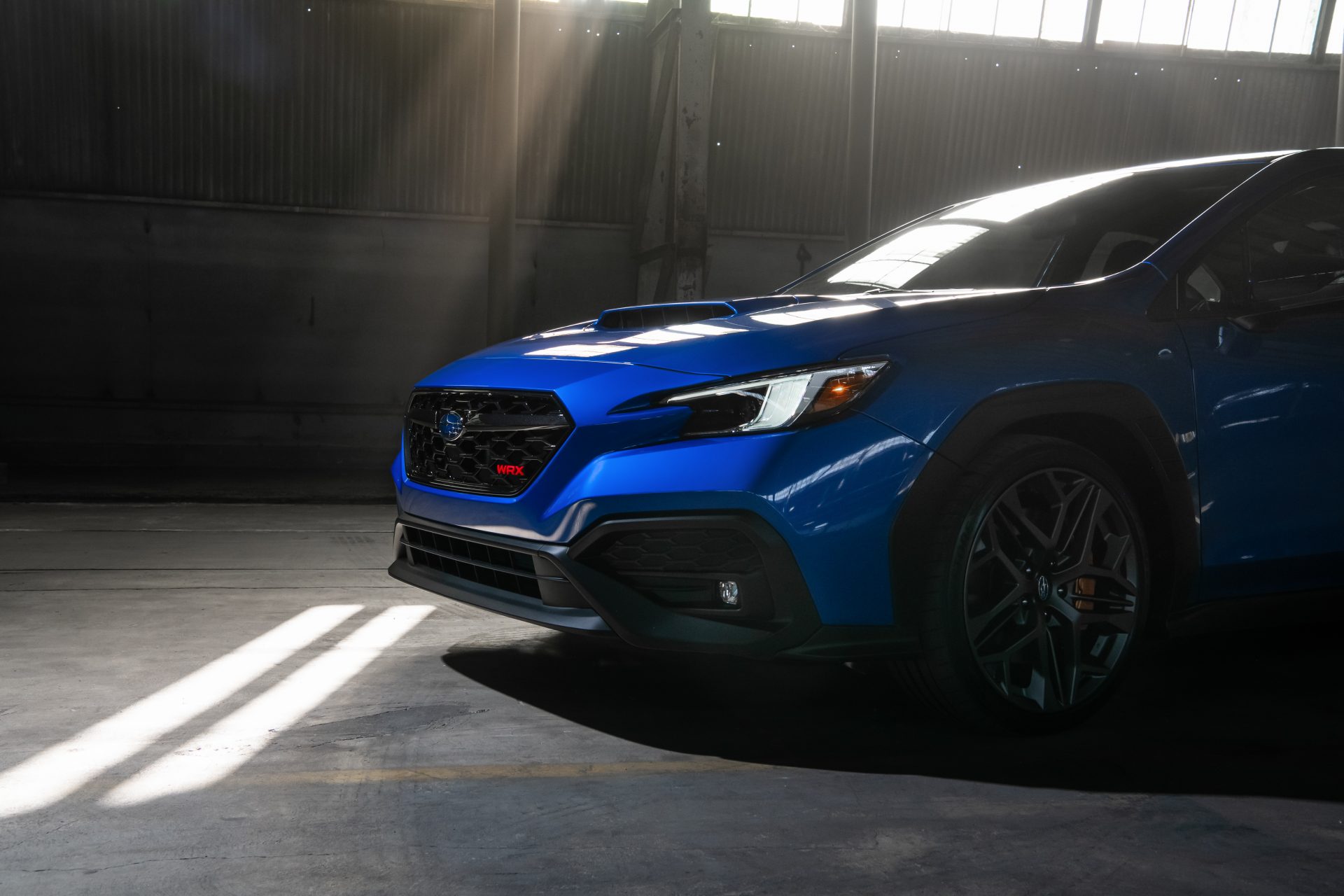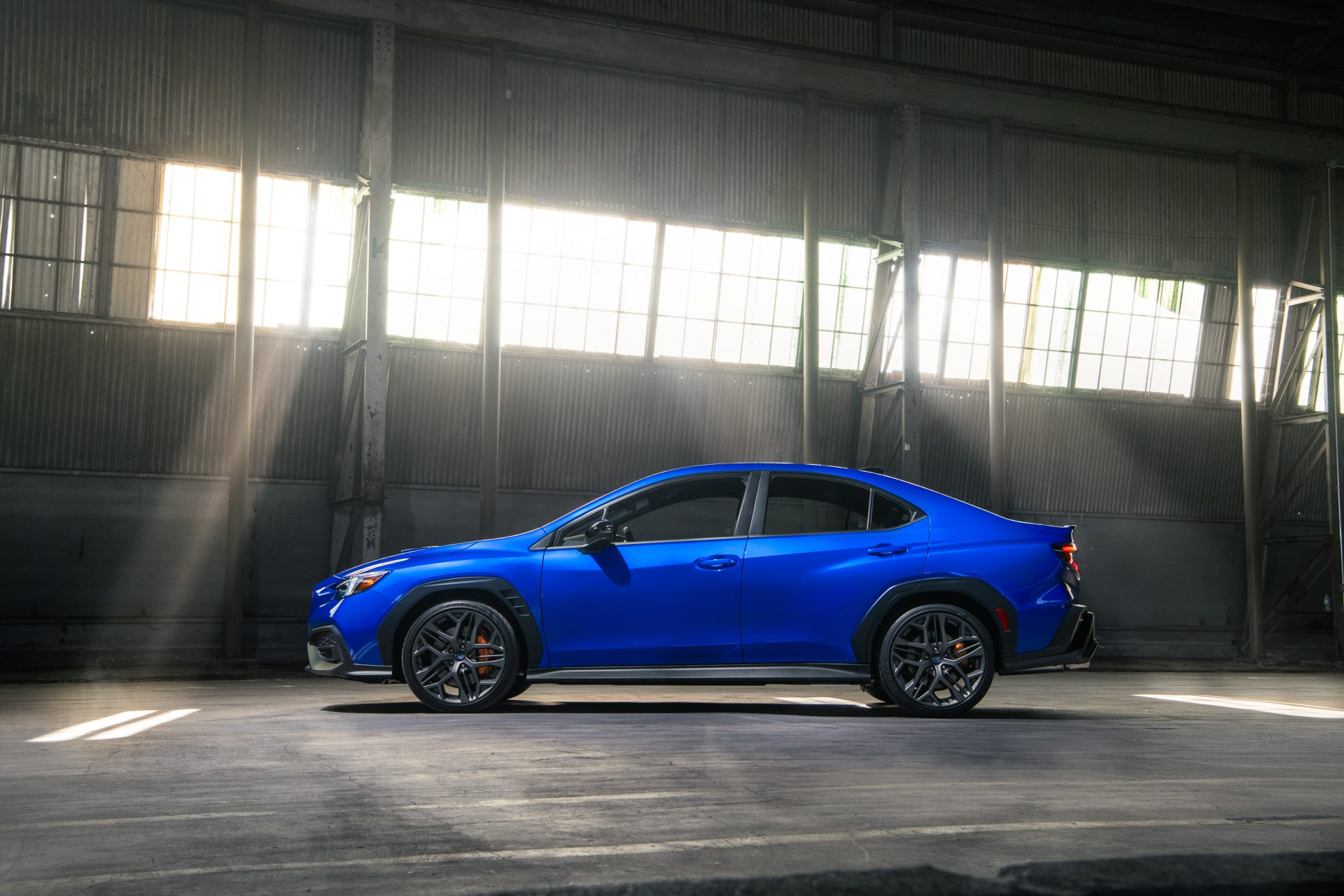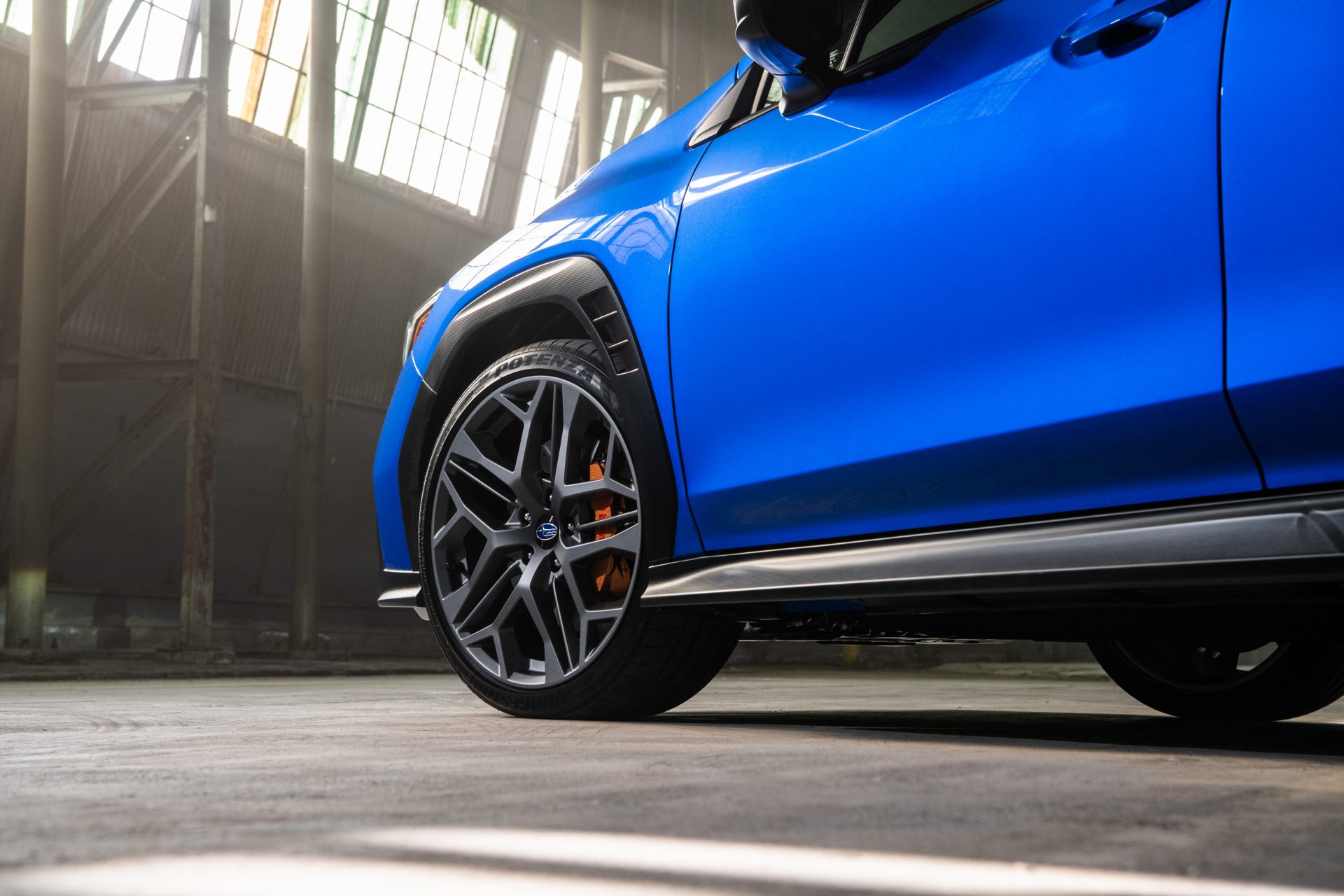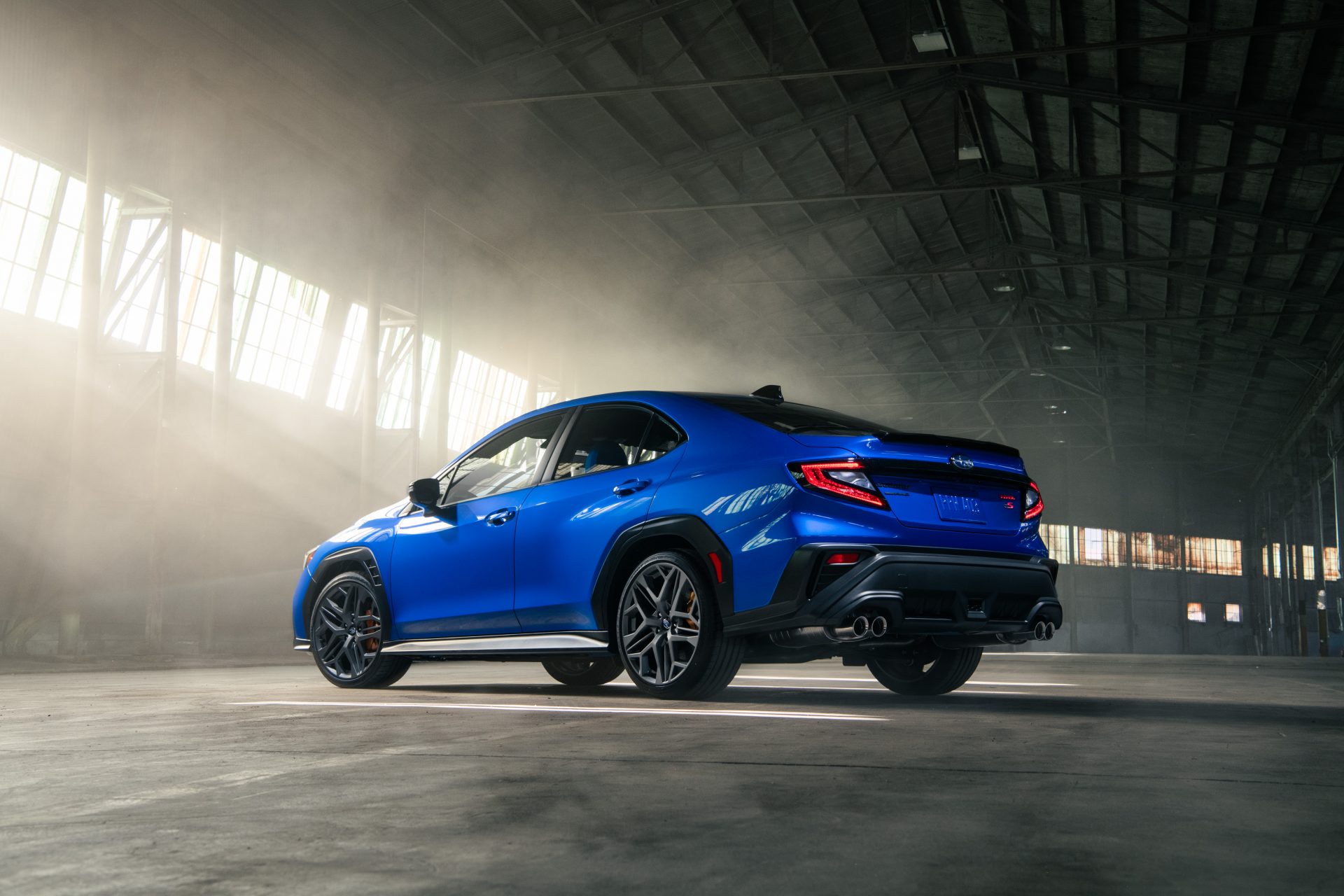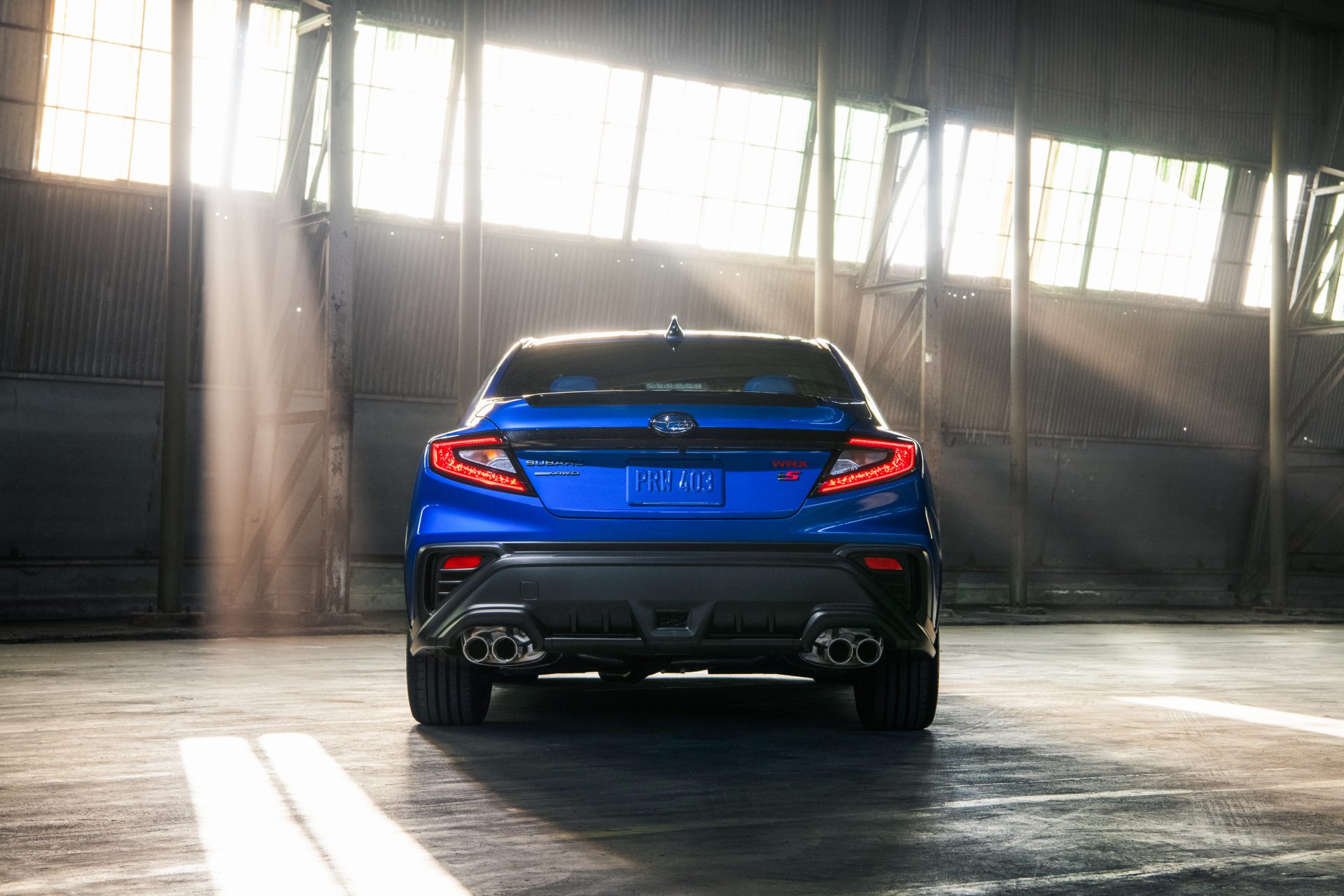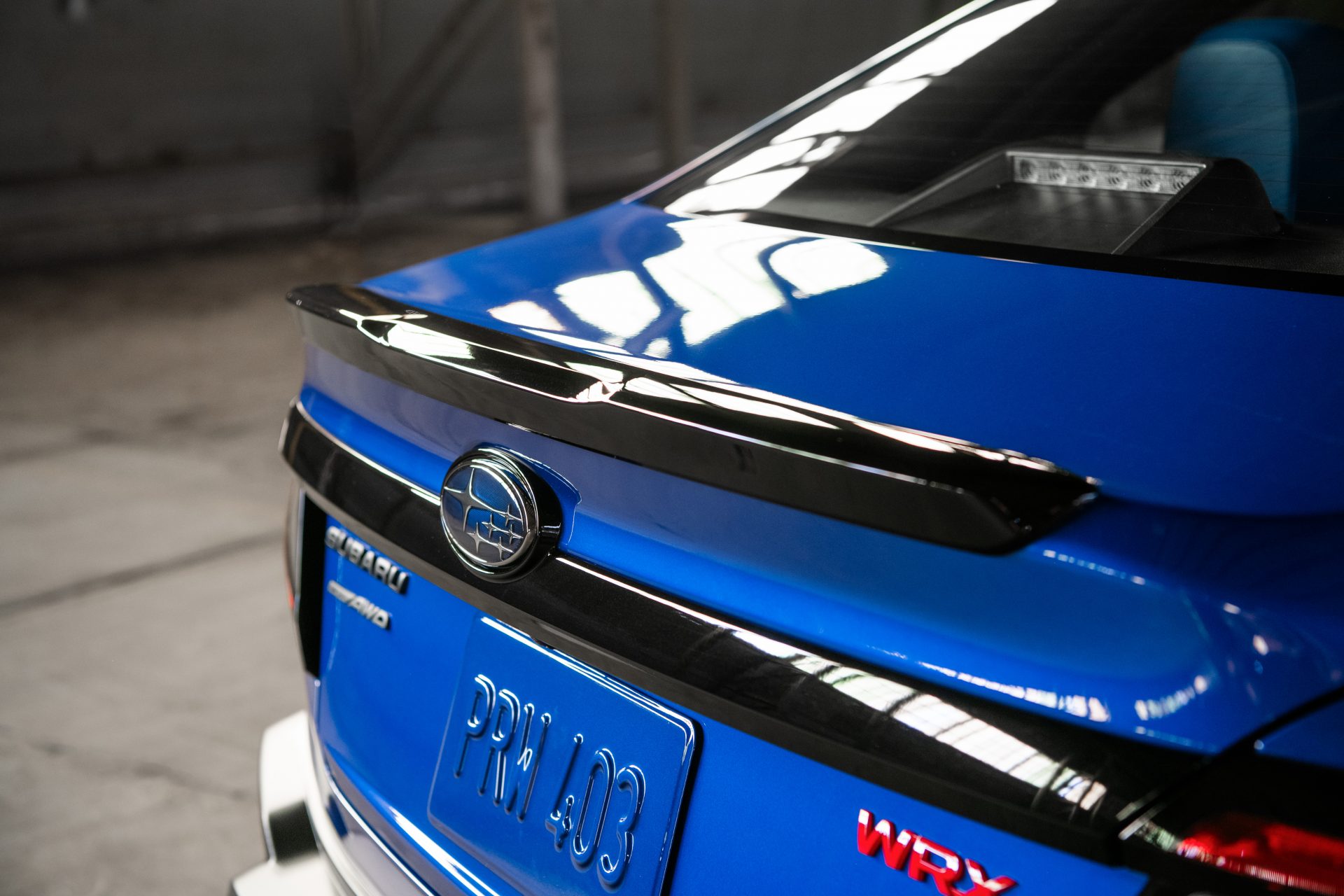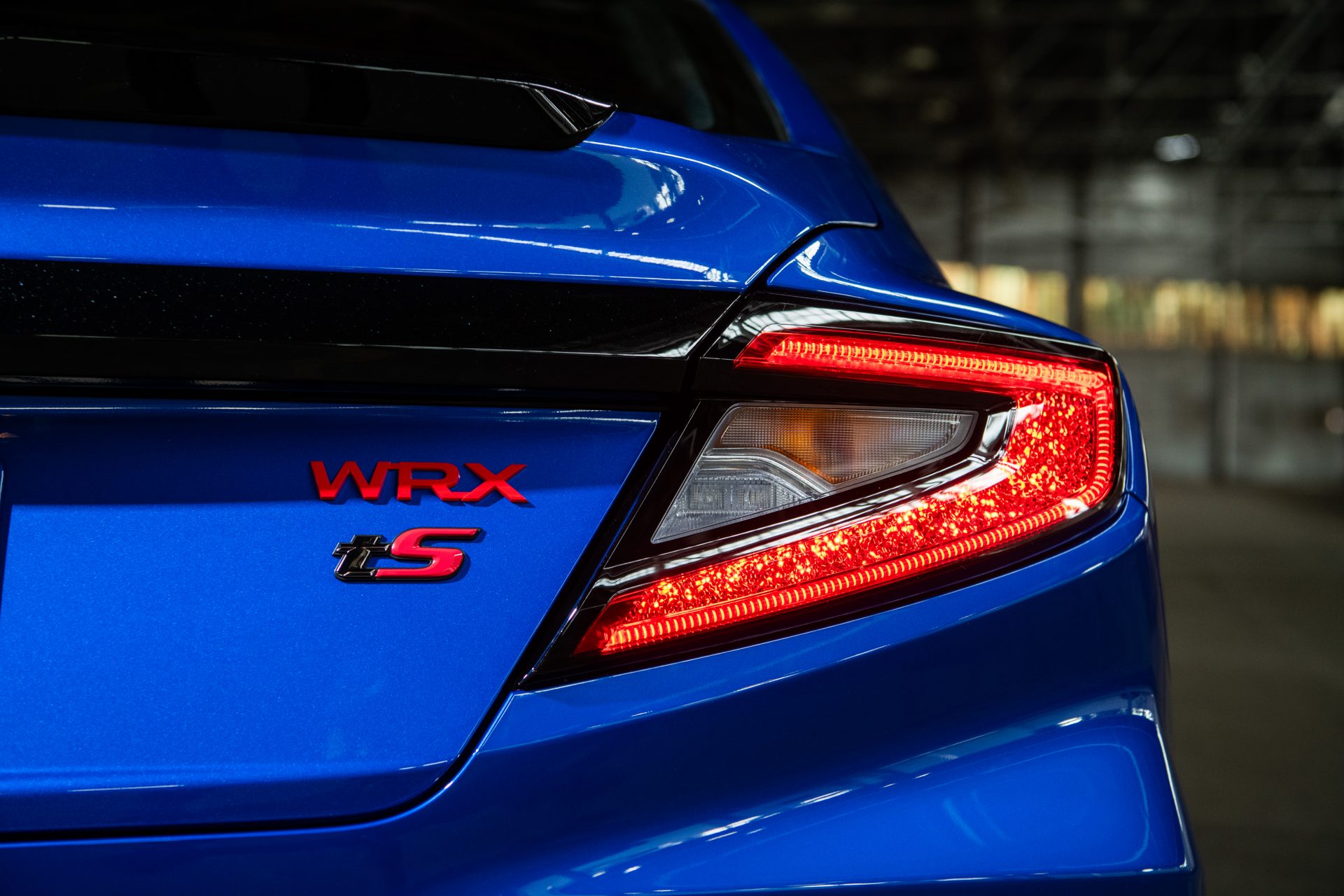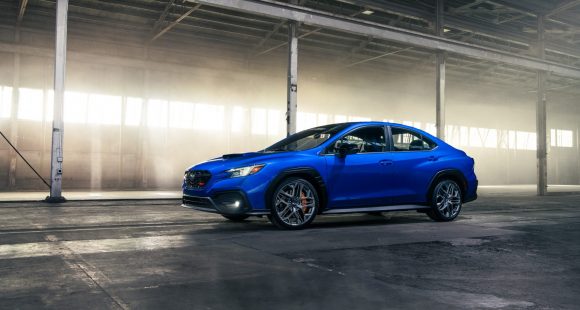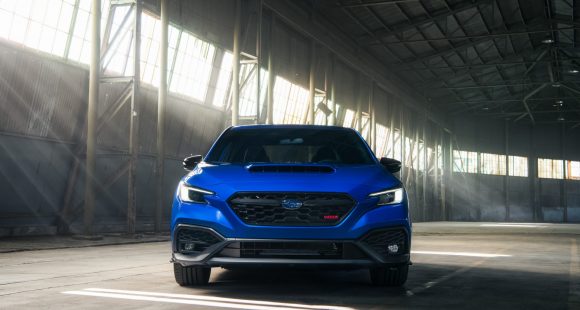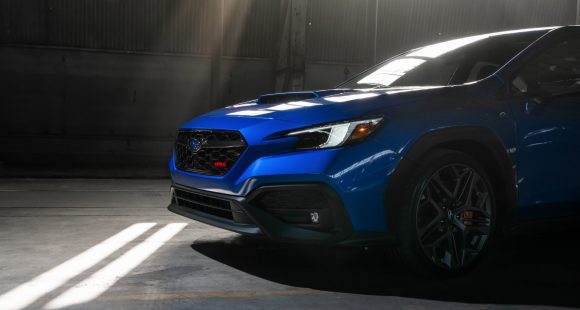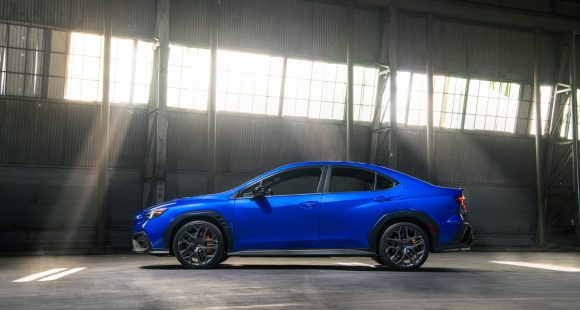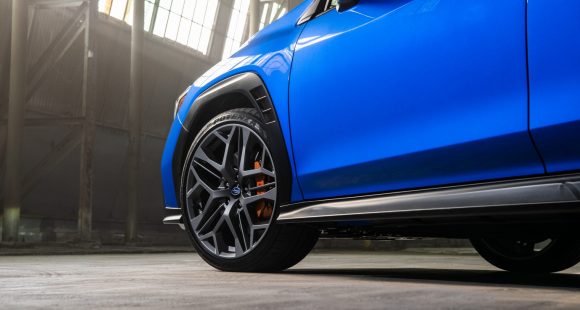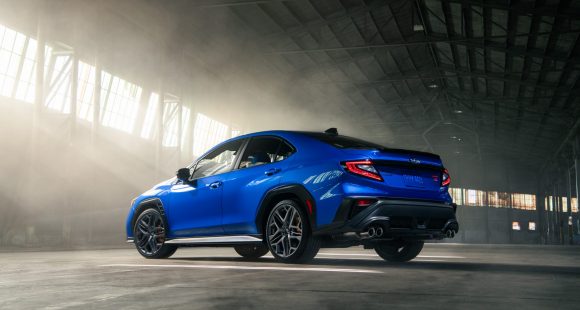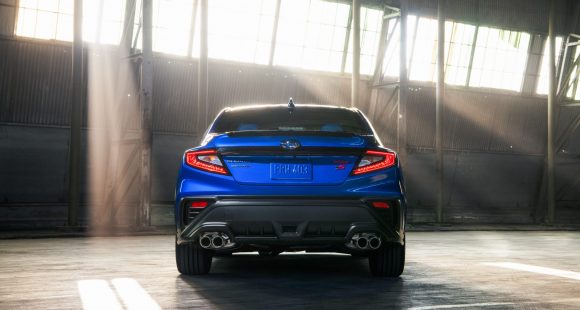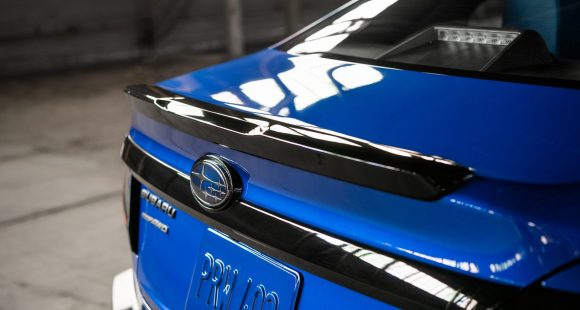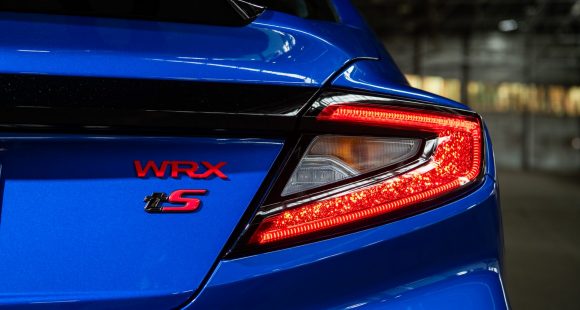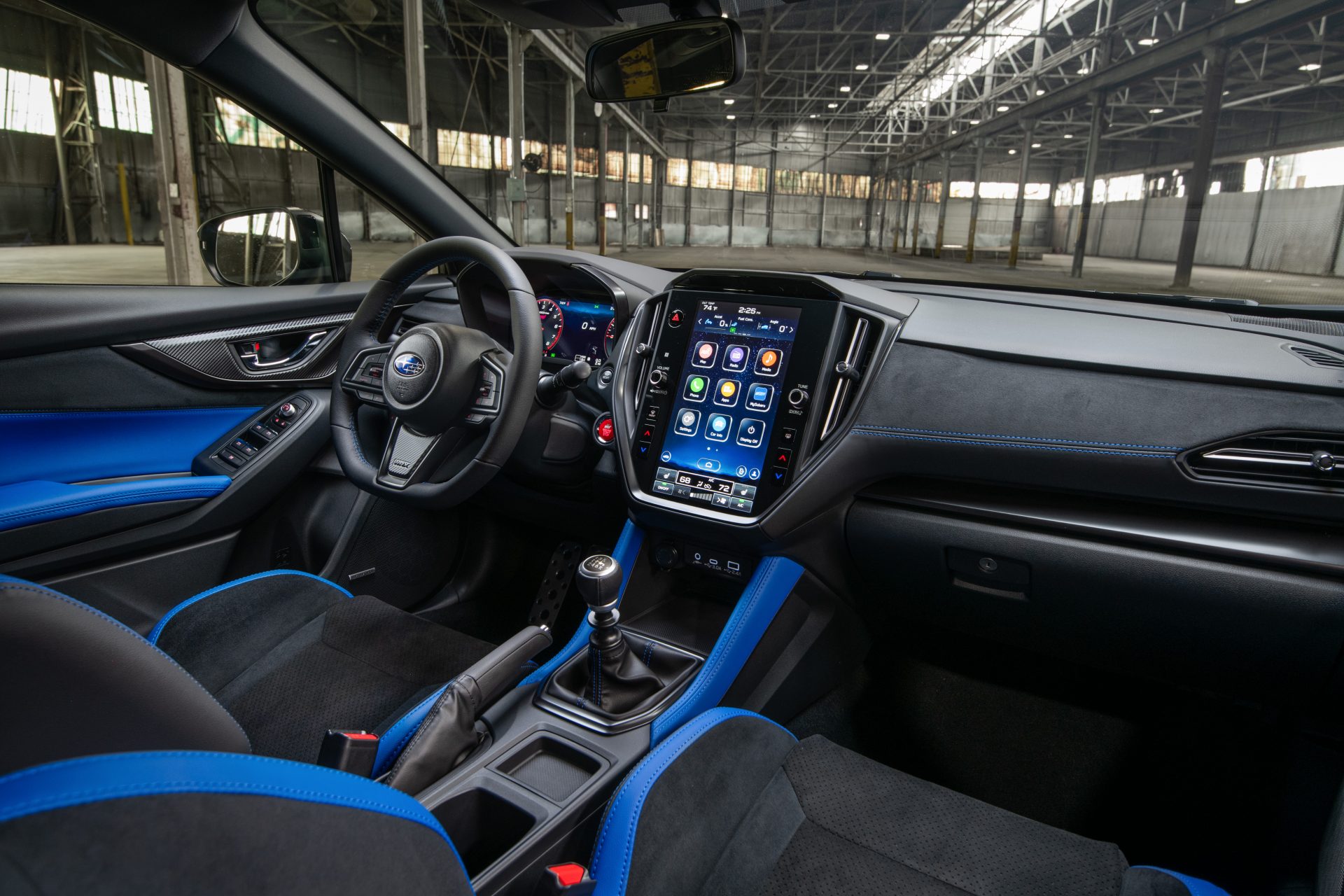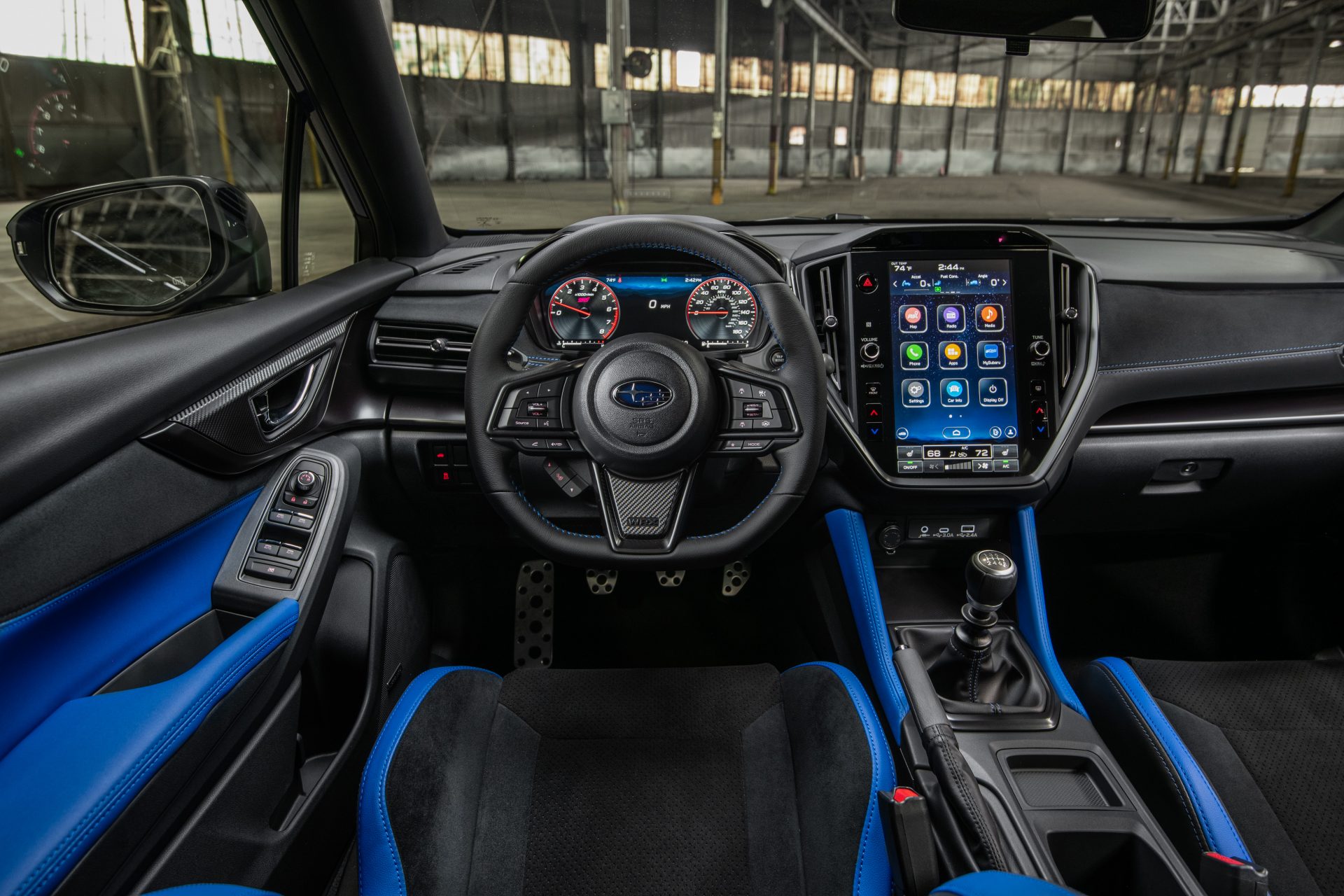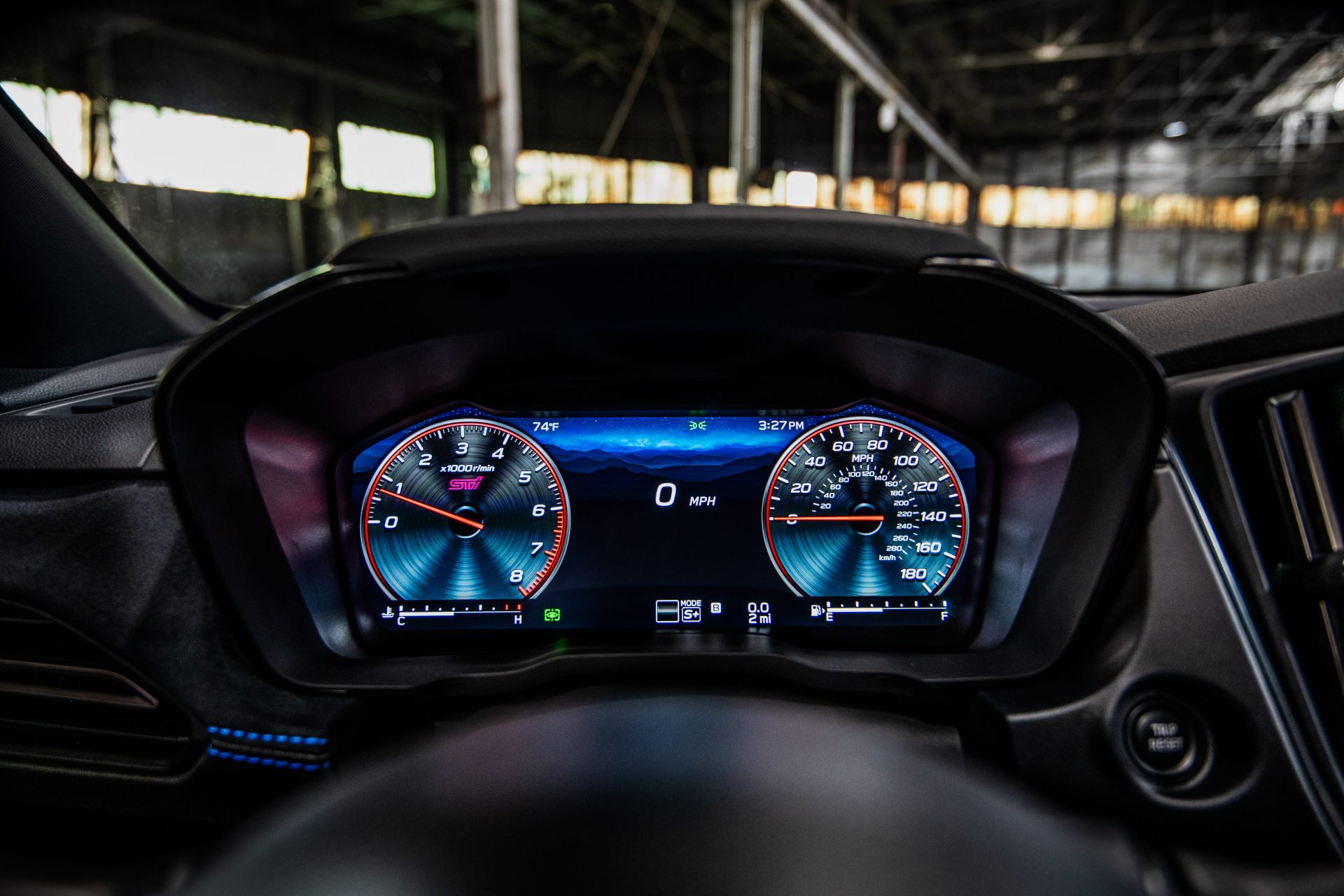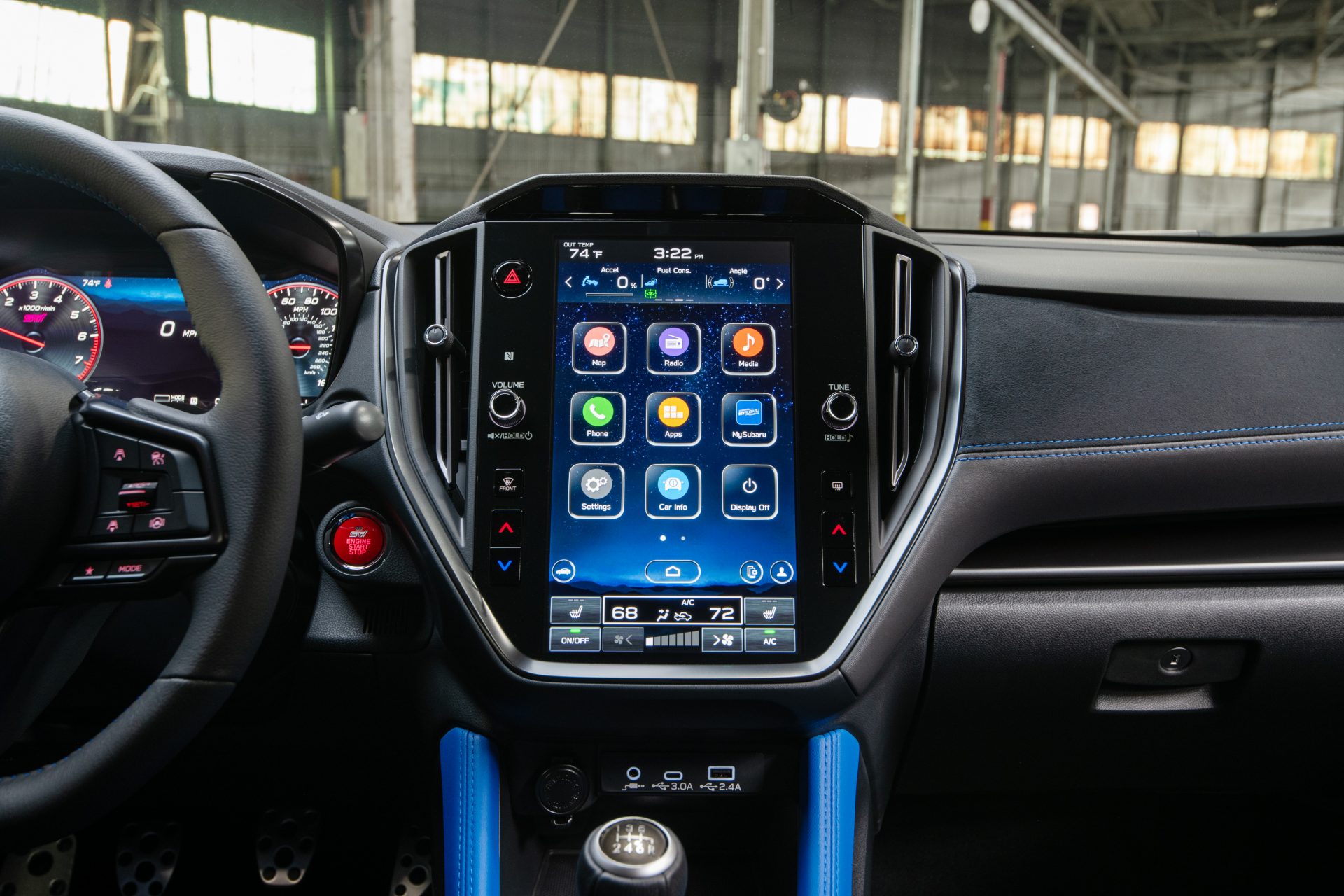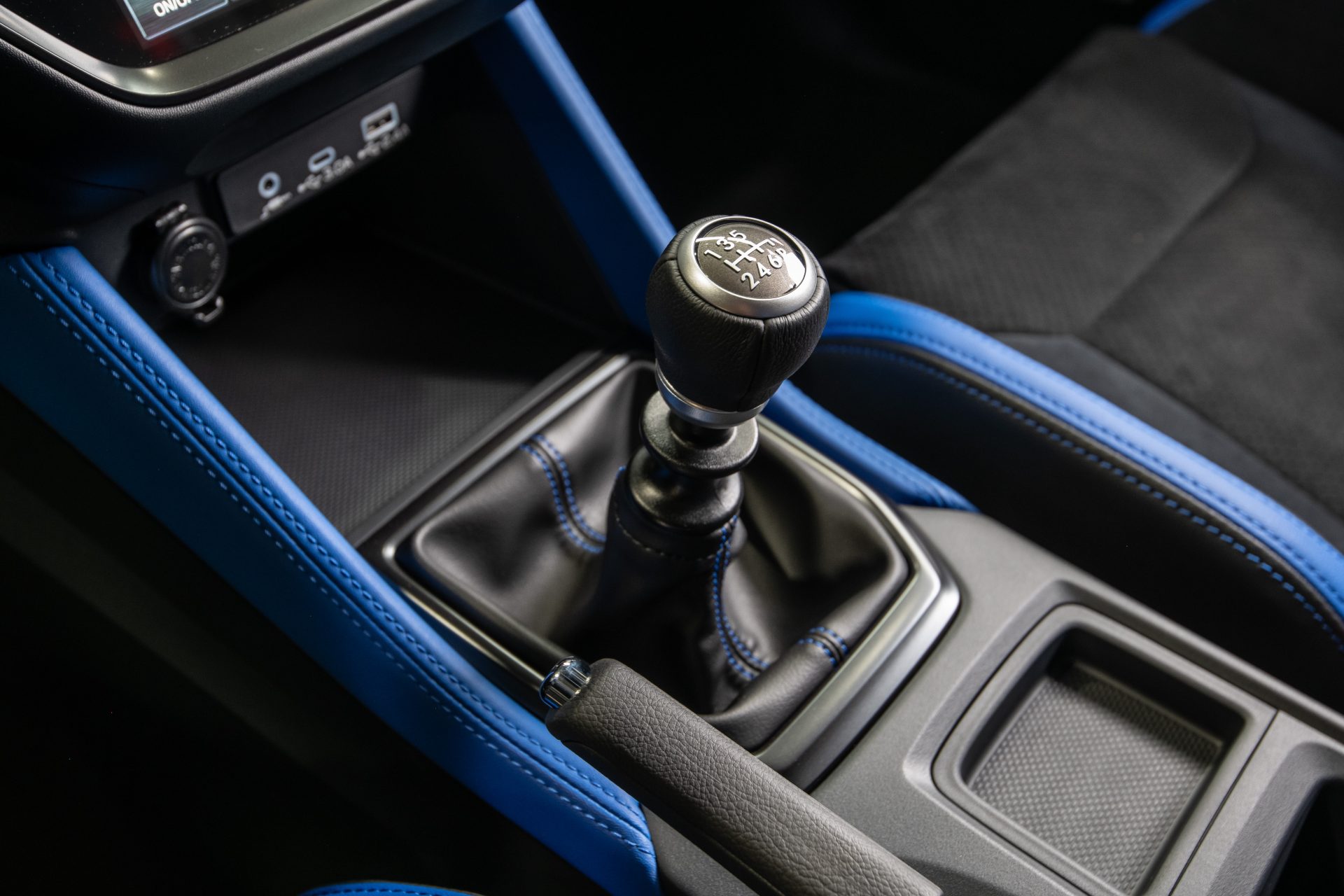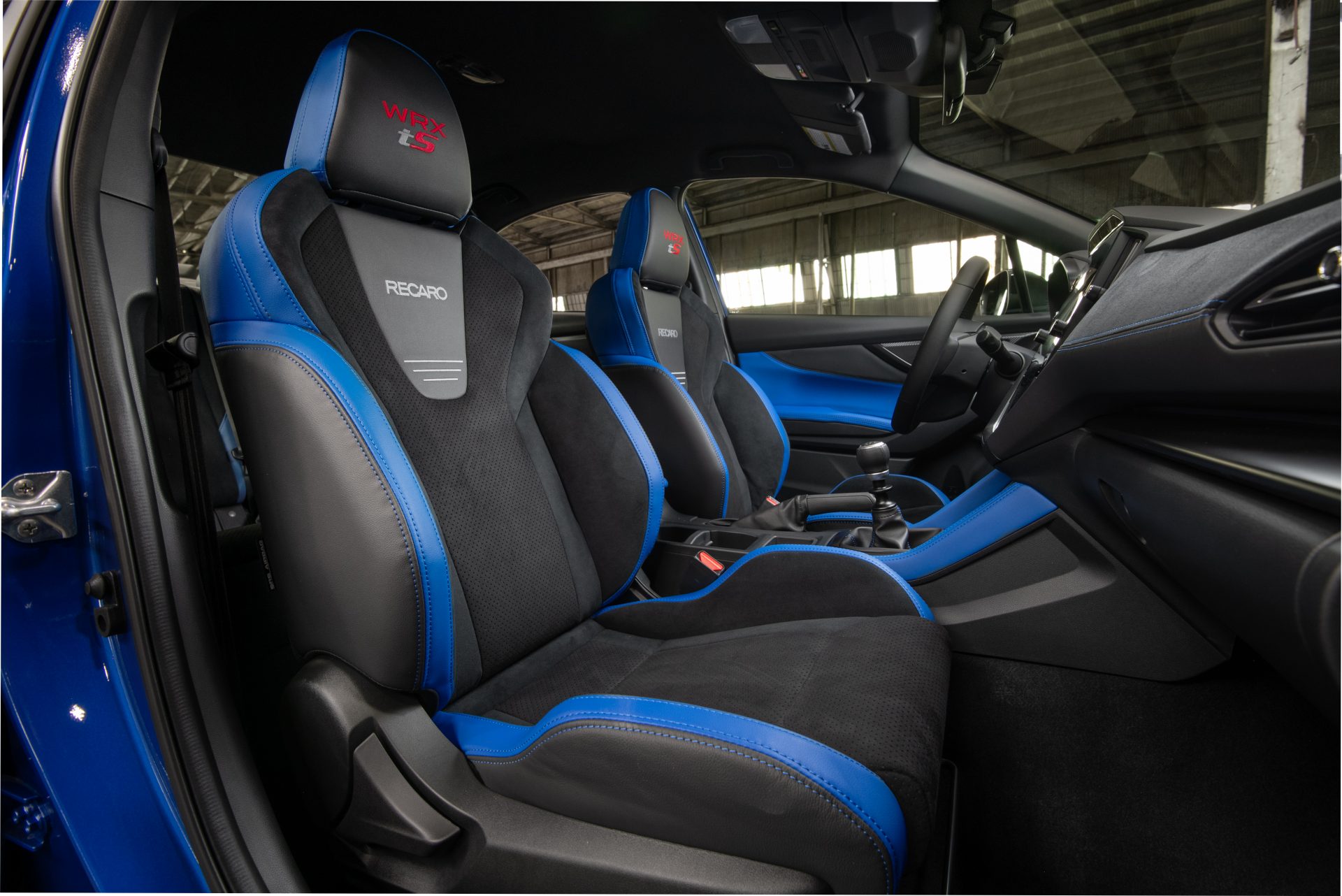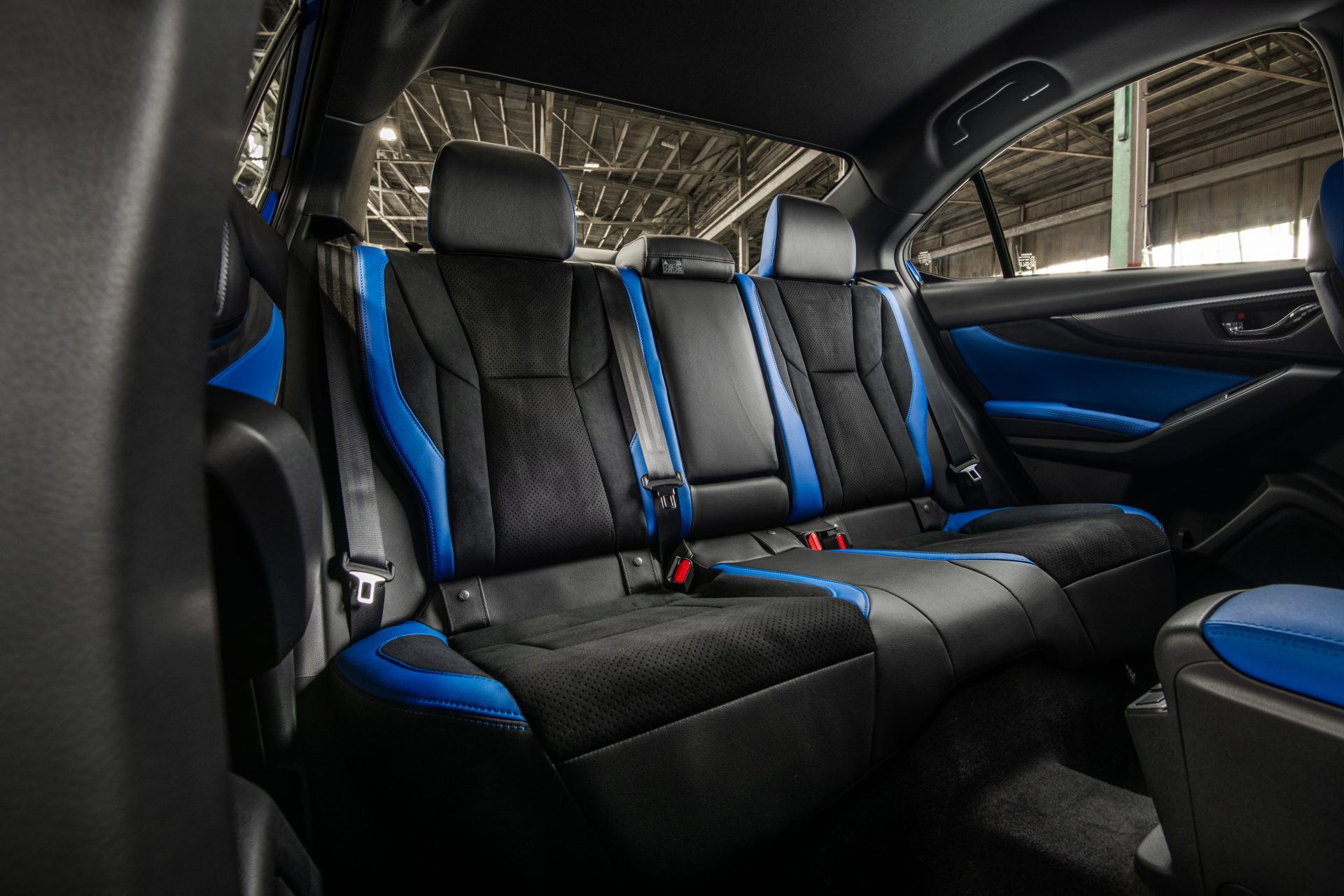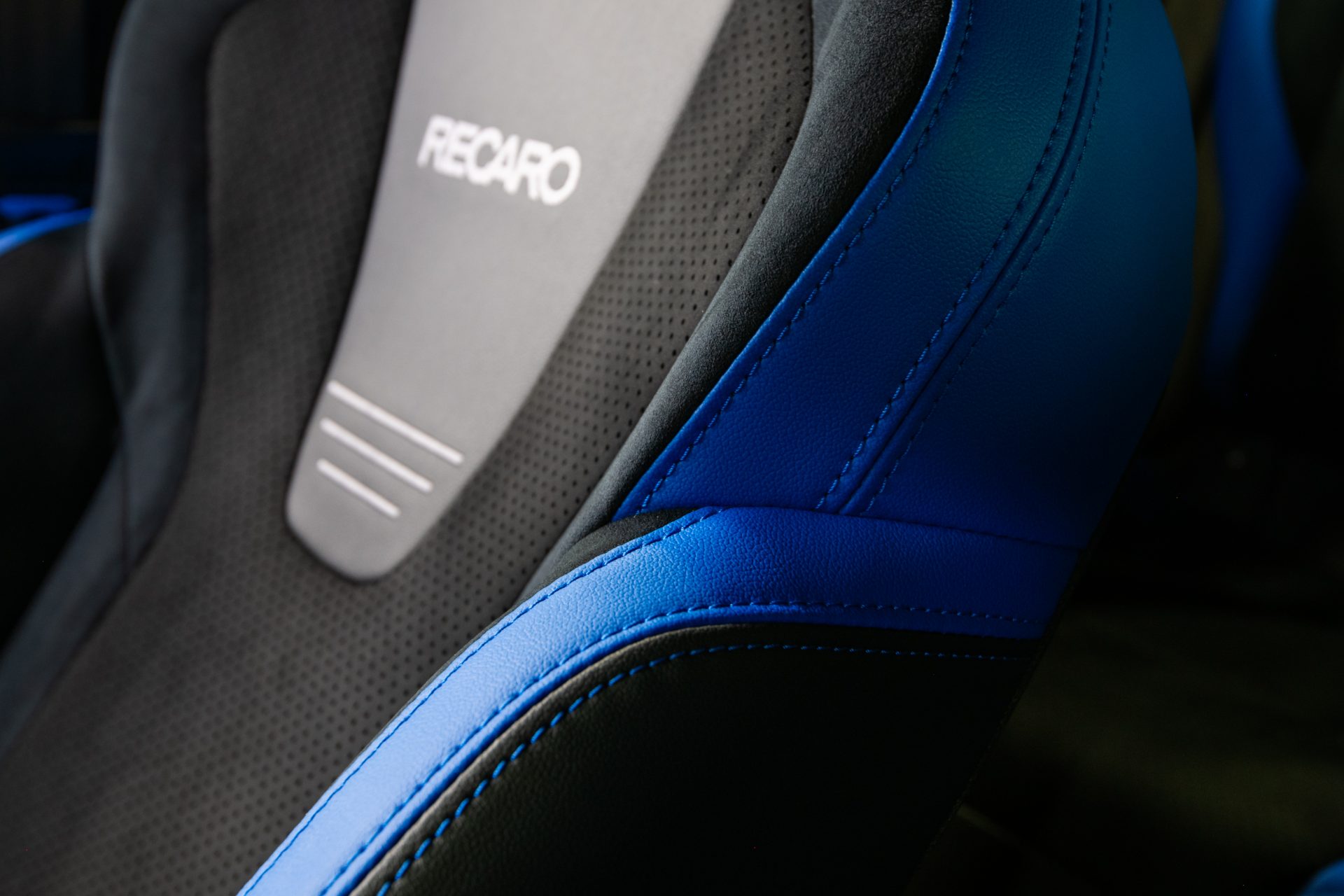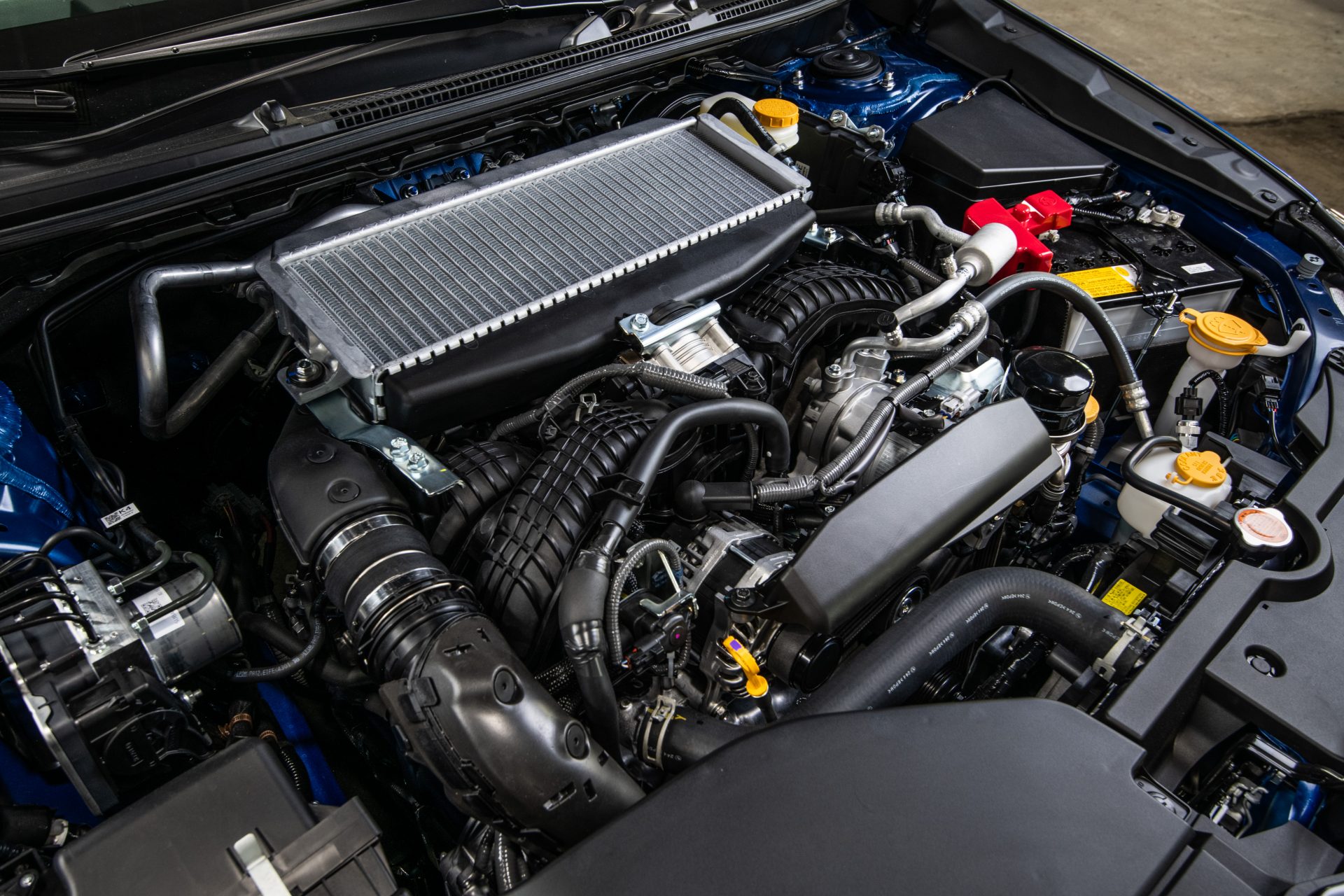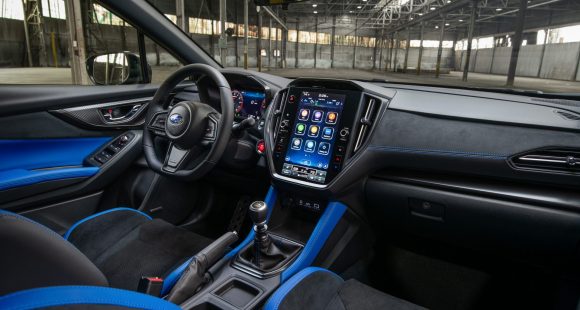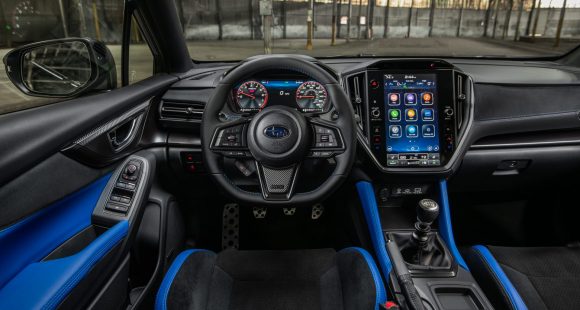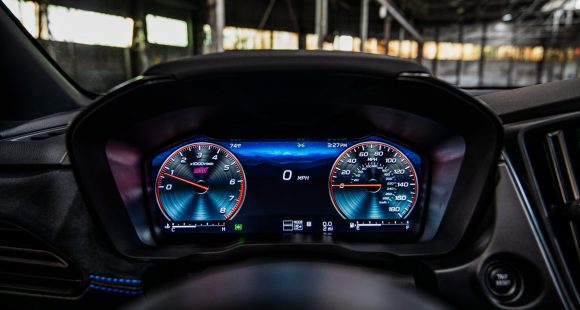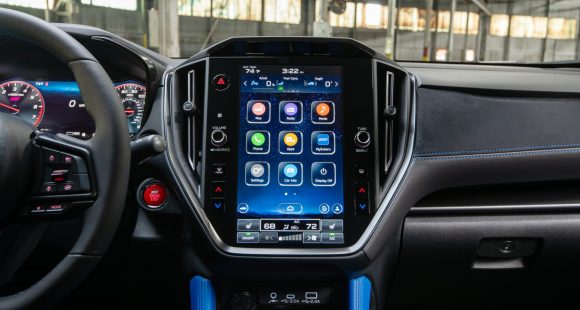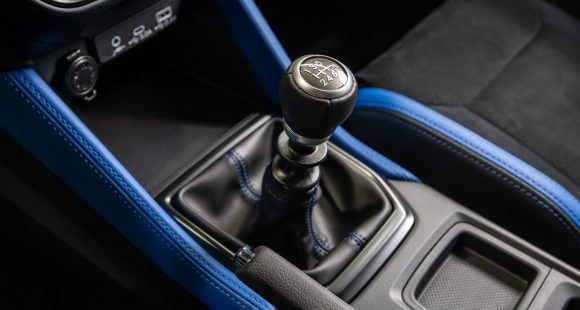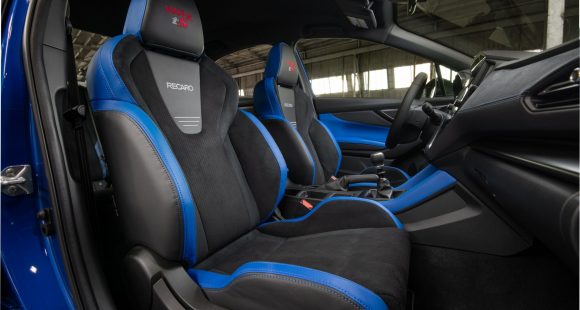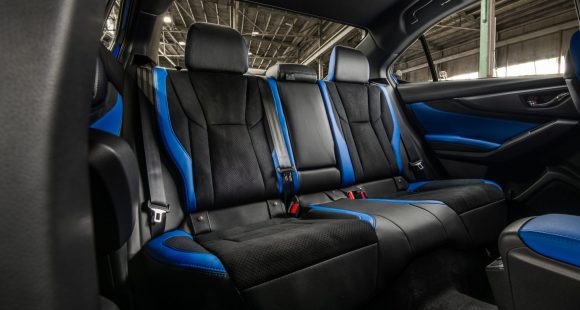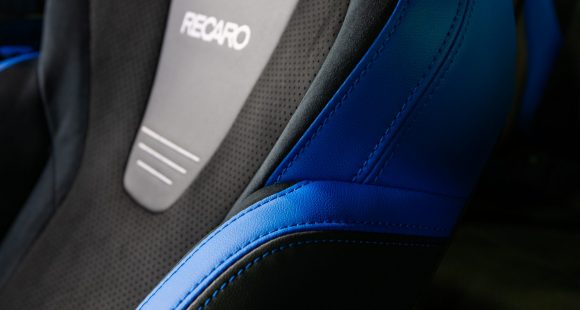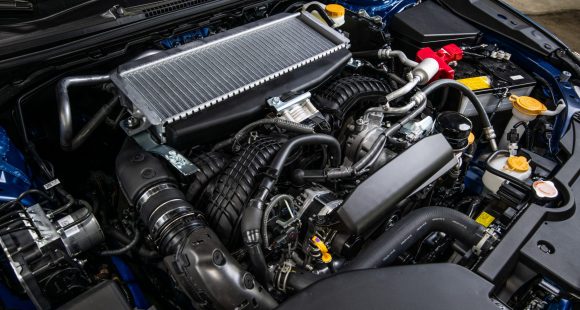2015 Audi A3
Entry-level German sports luxury cars are a tricky proposition here. Most Americans still tend to look at the big-3 German cars as premium items, and then they’re disappointed when they sample the more meat and potatoes compacts and subcompacts from the brand. Well that could be why the Audi A3 has never been a huge seller here. Or, it’s more likely that up to this point the A3 has only been available as a 5-door hatchback. Either way, there’s an all-new A3 sedan in town, and it’s arrives with the U.S.A. as its bull’s-eye.
The 2015 Audi A3 marks an important step for Audi. Proof that they are now taking the American and, perhaps more importantly, the world’s upscale small car market more seriously, spurred along by the recent success of the Mercedes-Benz CLA250.
After all, nothing says conventional like a subcompact sedan, but the A3 4-door is far from mainstream. And while making premium attainable is not a simple undertaking, it’s one that must be completed effectively in order for the A3 to be a success here. And it should be doable as Americans have long embraced the A4 sedan.
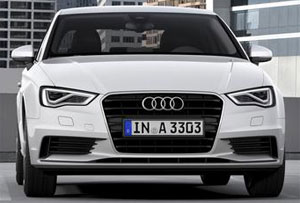 Let’s get things started in the powertrain department, with a choice of 2 corporate Turbo I4s. A 1.8-liter with 170-horsepower and 200 lb-ft. of torque is found in front wheel drive models; and a 2.0-liter with 220-horsepower and 258 lb-ft. provides motivation to all 4 wheels in quattro models. Both come with a 6-speed S tronic dual-clutch automatic; no manual is available.
Let’s get things started in the powertrain department, with a choice of 2 corporate Turbo I4s. A 1.8-liter with 170-horsepower and 200 lb-ft. of torque is found in front wheel drive models; and a 2.0-liter with 220-horsepower and 258 lb-ft. provides motivation to all 4 wheels in quattro models. Both come with a 6-speed S tronic dual-clutch automatic; no manual is available.
Our sample sports the 2.0, which performed admirably at our test track. Quattro makes for a grippy, if a little sluggish, launch off the line; but adequately quick, as we hit 60 in 6.0– seconds flat. We very much welcomed the true dual-clutch transmission over a CVT; still shifts weren’t as quick as expected helping us complete the ¼-mile in 14.6–seconds at 96 miles-per-hour.
While Audi’s sporty DNA shines through, this is clearly not an S model as steering is stone dead. Still there’s a solid and stable feel with just enough of an enjoyable, light weight presence that encourages pushing hard; and the A3 behaves itself well.
An all-aluminum sub-frame with MacPherson struts handles suspension duties up front, with a 4-link setup in the rear with a steel cross member. Brakes are the same for either front or all-wheel-drive A3, with our quattro stopping in a good 124–feet from 60.
This all-new sedan body is built on Volkswagen’s fledgling MQB architecture. Just about every exterior dimension is increased over the previous hatchback. Wheelbase is up more than 2-inches to 103.8. Length and width also see meaningful gains.
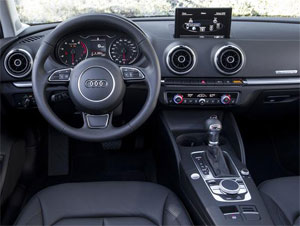 There’s nothing ground breaking with exterior design elements, however, as all recent Audi trademarks are in place, including the large Singleframe grille and LED daytime running lights. Both A3s ride on nice looking 17-inch 5-spoke alloy wheels.
There’s nothing ground breaking with exterior design elements, however, as all recent Audi trademarks are in place, including the large Singleframe grille and LED daytime running lights. Both A3s ride on nice looking 17-inch 5-spoke alloy wheels.
Inside, is a whole new look for the brand. There’s still a premium feel with leather seating and panoramic sunroof standard; but it’s a clear step down from the lavish landscapes of A6 and A8. The wide and flat, simplistic dash design features large circular air vents giving it a sporting, if retro, feel; until you see the very thin navigation screen rise out of the dash. In front of the driver is a 3-spoke steering wheel and plenty of info on the gauge screens.
All controls are driver oriented, and there’s an updated version of Audi’s MMI central control, which we like even more thanks to the new toggle switches and write on feature. Front seats are roomy and comfortable, and while the stretch in wheelbase does allow for more rear seat room, it’s still barely adequate. Trunk space is more than adequate, however, at 10.0 cubic-ft. Convenience features include available Audi connect with 4G LTE connectivity and navigation. But, you’ll have to add the $1,400 Driver Assist Package if you want a back-up camera.
Government Fuel Economy Ratings for our quattro tester are 23-City, 33-Highway, and 27-Combined, and our average of 29.2 miles-per-gallon of Premium was a good one. The Energy Impact Score comes in good also, at 12.2-barrels of annual oil use with 5.4-tons of CO2 emitted.
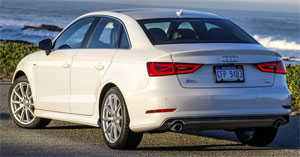 Base pricing at $30,795 for the 1.8 and $33,795 for the 2.0 quattro seems right on the money. Though throwing in a back-up camera for that price would really make us happy.
Base pricing at $30,795 for the 1.8 and $33,795 for the 2.0 quattro seems right on the money. Though throwing in a back-up camera for that price would really make us happy.
The Mercedes-Benz CLA250 has proven that an entry-level German sports luxury sedan can indeed have big success in the U.S. if tailored properly. The 2015 Audi A3, with its premium but attainable feel, clearly delivers just as well. So, if you like your steak well-done, but not overdone, order up!
Specifications
- Engine: 2.0-liter
- Horsepower: 220
- Torque: 258 lb-ft.
- 0-60 mph: 6.0 seconds
- 1/4 mile: 14.6 seconds @ 96 mph
- EPA: 23 mpg city/ 33 mpg highway
- CO2 Emissions: 5.4 tons/yr
- Energy Impact: 12.2 barrels of oil/yr
2025 Subaru WRX tS
Subaru’s “World Rally eXperimental” Gets Tecnica-Tuned Tech
Building on its global rally heritage, WRX has been a standalone Subaru nameplate, marketed separately from garden variety Impreza, for two generations now. And while the current WRX still lacks the full STI treatment, this WRX tS serves up some of that high-performance spice we’ve been longing for.
Before we go flat out into our Track Test of this 2025 Subaru WRX tS, lets open the Subaru dictionary so we’re all on the same page. “tS” stands for “tuned by STI;” and “STI” is an acronym for “Subaru Tecnica International,” the brand’s high-performance sub-group best known for upgrading the WRX— oh, that stands for “World Rally eXperimental,” in case you didn’t know.
All that said, STI has been largely dormant for this WRX generation, but this tS sprinkles more of their engineering magic into the mix. No, that doesn’t mean extra power, but does mean significant chassis-related improvements.
First, electronically controlled dampers, adjustable through the 11.6-inch tablet-style infotainment screen. That meant a softer “comfort” mode on the 10+ hour commute to and from Savannah’s Roebling Road Raceway. But once we were there, it was the firmer “Sport+” setting all the way, heightening response from the WRX’s throttle and already quick dual-pinion power steering system. There’s still some body roll for rally-esque weight transfer, but it’s well sorted and provides the “toss-ability” you want in a WRX.
Though if you do autocross your tS, which we implore you to do, you might feel the six-piston front, two-piston rear Brembo brakes first. The bite is strong, giving good rotation in the corners and plenty of “halt” for this 3,400 lb. compact with minimal fade, keeping us on track all week…until some unfortunate winter weather passed overhead. No worries here, as Subaru’s Symmetrical All-Wheel-Drive system got us to the track for some powdered deserts: Frosted donuts served up Michelin style, a set of winter tires different from the grippy Bridgestone Potenza S007 rubber the tS typically rides on. Some prior hot laps of California’s Sonoma Raceway gave credence to those Bridgestones, and showed us what this hot-compact can do in ideal conditions.
It’s well sorted and provides the “toss-ability” you want in a WRX.
Other tS enhancements are cabin-based, namely these beautiful blue Recaros. Most of our staff appreciated their moderately-aggressive bolstering on both street and track. And they’re even heated, too. Another tS-only appointment is this 12.3-inch digital gauge display. It mimics the standard analog gauges with some additional info, but can switch to a navigation mode for more convenient route guidance.
We do wish our tS came in the new Galaxy Purple or the trademark World Rally Blue, but this Crystal White paint wasn’t too shabby, contrasting its Cherry Blossom Red badging and blacked-out lip spoiler. Otherwise, the tS is like any other WRX, down to the hood scoop funneling air to the top-mounted intercooler.
Underneath is the same turbocharged 2.4-liter flat-four in all other trims, boxing at 271 horsepower and 258 lb-ft of torque. The freak winter weather stopped straight-line testing, but a 0-60 time estimate of 5.5 seconds is about as spry as you realistically need, pulling strong through most of the tach; though the 6,000 RPM redline required attentive shifting of the six-speed box, which the tS comes exclusively with. The throws are precise, if a little long, and the clutch is wonderfully weighted.
With discontinuation of the Base trim, pricing for the WRX now starts with Premium at $36,920. The tS is at the top of the lineup with the automatic-only GT, both starting at $46,875. All WRXs continue to be made in Gunma, Japan.
If you’re an enthusiast itching to do the tuning yourself, perhaps the 2025 Subaru WRX tS is not for you. But if you want a plug-and-play experience, this is it. While it won’t exactly bestow the loose-cannon, top-level driving skills exhibited by famous WRC drivers upon you, the tS moves this WRX’s game in a direction we’ve so desperately wanted Subaru to take.
Specifications
As Tested
- Engine: 2.4-liter flat-four
- Tranmission: 6-speed manual
- Horsepower: 271
- Torque: 258 lb-ft







